11 science stories we’re looking forward to in 2018
- Share via
Scientists make New Year’s resolutions like the rest of us, but their lists are just a little more ambitious.
In 2018, they plan to fly machines into the sun’s atmosphere, onto the surface of Mars and alongside an object 4 billion miles away in the Kuiper belt. They’ll deploy a gene-editing system inside the cells of living people to fight a cancer-causing virus. They’ll try to see the edge of a black hole, and to win seats in Congress.
And that’s only some of what they have in store.
Here are 11 science stories we can’t wait to follow in 2018.
Searching for other life-friendly planets
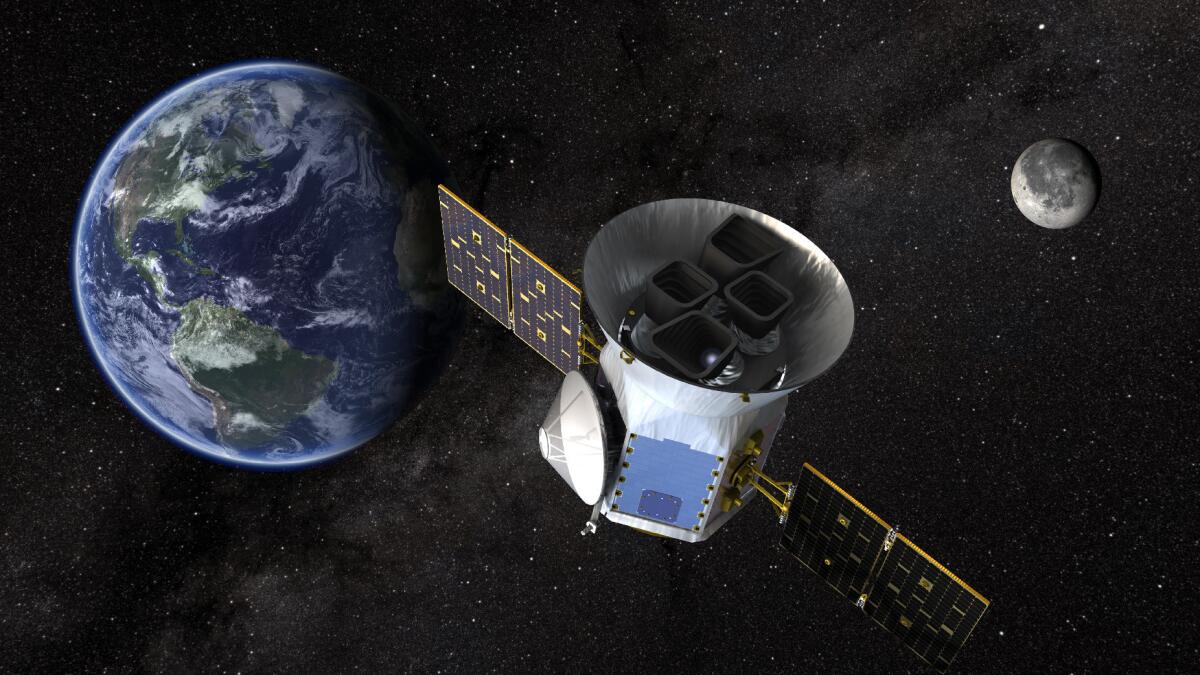
NASA’s Kepler mission taught us that solar systems like our own — where planets orbit a central star — are the norm, not the exception. In 2018, the space agency’s new planet-hunting mission, known as TESS, will begin a more targeted search for planetary systems around stars in our stellar neighborhood — that is, those within 300 light-years from Earth.
The difference between the two missions is primarily one of approach. Kepler stared long and deep into a narrow patch of sky, looking for the brief dimming of distant stars that would indicate a planet had moved past, obscuring a bit of their light. TESS will use the same detection technique, but will focus on a much more shallow field that encompasses the entire sky. That includes all 10,000 stars we can see without a telescope.
TESS, which stands for Transiting Exoplanet Survey Satellite, is scheduled to launch between March and June. It will begin its search for local exoplanets two months later.
Flying into the sun’s atmosphere
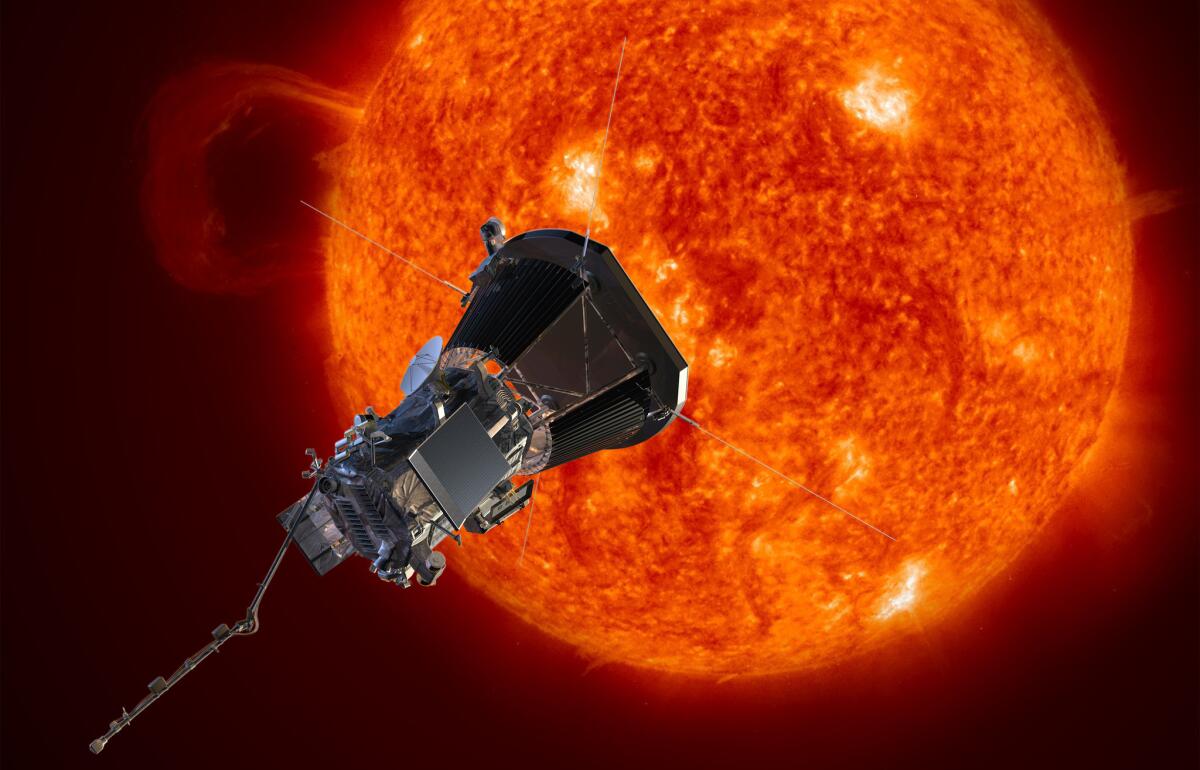
This summer, NASA will launch a mission to touch the sun.
The Parker Solar Probe, scheduled to lift off July 31, will swing within 4 million miles of the sun’s surface, tasting charged particles from the atmosphere and making detailed measurements during 24 planned orbits. NASA has sent spacecraft out to the fringes of our solar system, but never so close to the blazing ball of gas that lies at its heart.
The probe, whose first close approach to the sun should take place in November, could answer two major questions: Why is the sun's ghostly corona so much hotter than its surface? And what factors power the solar wind, the stream of charged particles that flow from the sun into space? The answers could help scientists better understand solar flares and the solar storms that can wreak havoc with Earth’s satellites, energy grids and other vital infrastructure.
Previously known as Solar Probe Plus, the spacecraft was recently renamed in honor of University of Chicago astrophysicist Eugene Parker, who proposed the existence of the solar wind in a paper in 1958. It’s NASA’s first spacecraft named after a living scientist.
Scientists will be on the ballot

After a year that has seen hundreds of scientists driven from the federal government and the work of those remaining greatly diminished, the mobilization of science-minded political candidates has continued to pick up steam.
At the heart of that effort has been 314 Action, an organization dedicated to recruiting, training and endorsing candidates with backgrounds in science, technology, engineering and math. In 2017, 314 Action trained roughly 1,400 would-be candidates on the nuts and bolts of running for office.
And it’s endorsed eight who will be on the ballot for federal office in 2018. Two are running in California House races — stem cell researcher Hans Keirstead is vying to unseat Rep. Dana Rohrabacher (R-Costa Mesa), and pediatrician Mai Kanh Tran is challenging incumbent Rep. Ed Royce (R-Fullerton). Another 314 Action-backed candidate, software developer and Democratic U.S. Rep. Jacky Rosen, will face off against Nevada Republican Sen. Dean Heller.
The 2018 midterm elections are just a warm-up. With an eye on elections in 2020 and beyond, 314 Action will run two mass-training events for scientists this year, including one in the Bay Area.
Looking deep into the heart of Mars
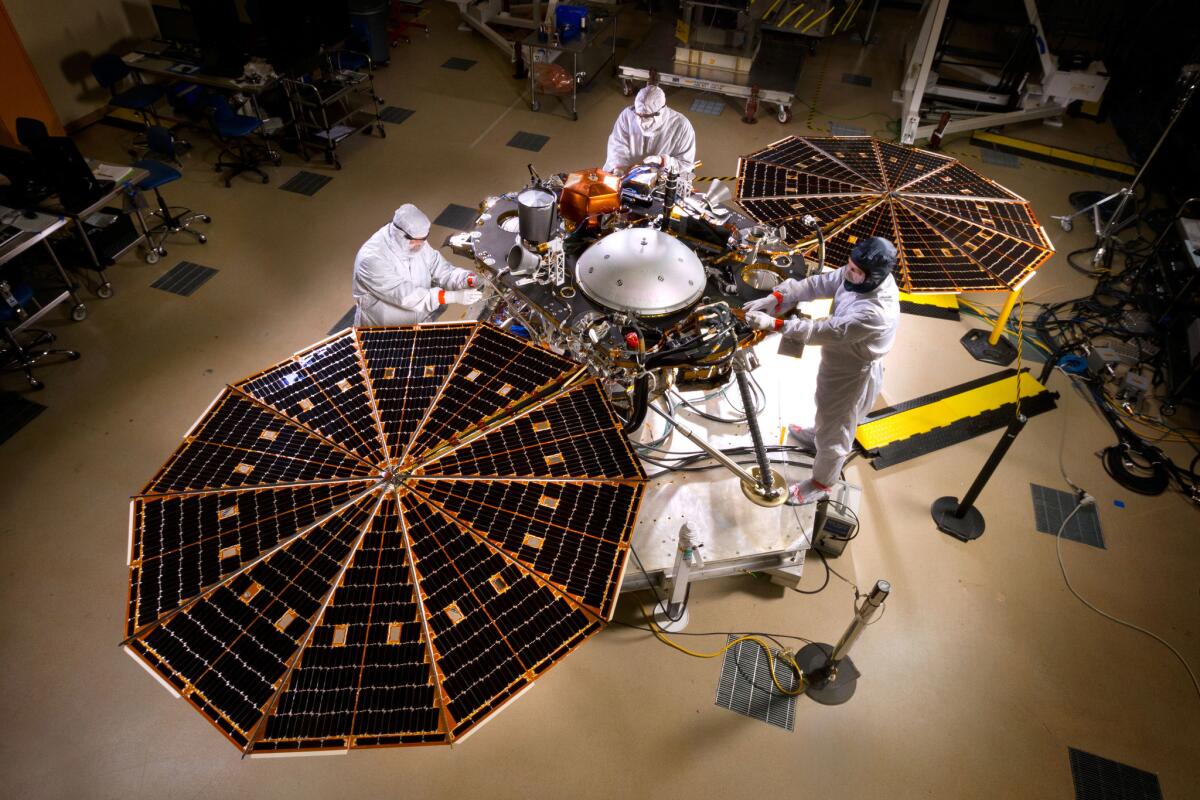
NASA has studied Mars for decades. Now the space agency will examine it from within.
When it arrives in November 2018, the InSight Mars lander will deploy a package of instruments to explore the Red Planet’s inner workings and composition. The three-legged lander will use a seismometer to track the vibrations from seismic activity and meteorite impacts. It will also send a thermal probe about 16 feet beneath the surface to study the heat flow of the planet’s interior. A third instrument will measure the planet’s “wobble” as it circles the sun by tracking the Doppler shift in radio signals between the lander and Earth.
Together, these tools will allow scientists to understand the structure and composition of the planet’s crust, mantle and core. Mars’ interior experienced less churning than Earth’s, so the Red Planet’s contents could offer a window into the early history and evolution of our home.
Mars InSight (short for Interior Exploration using Seismic Investigations, Geodesy and Heat Transport) was originally scheduled to launch in March 2016, but those plans were foiled by a leak in one of the instruments. If all goes well, the spacecraft will lift off from California’s Vandenberg Air Force Base in May.
CRISPR goes inside humans
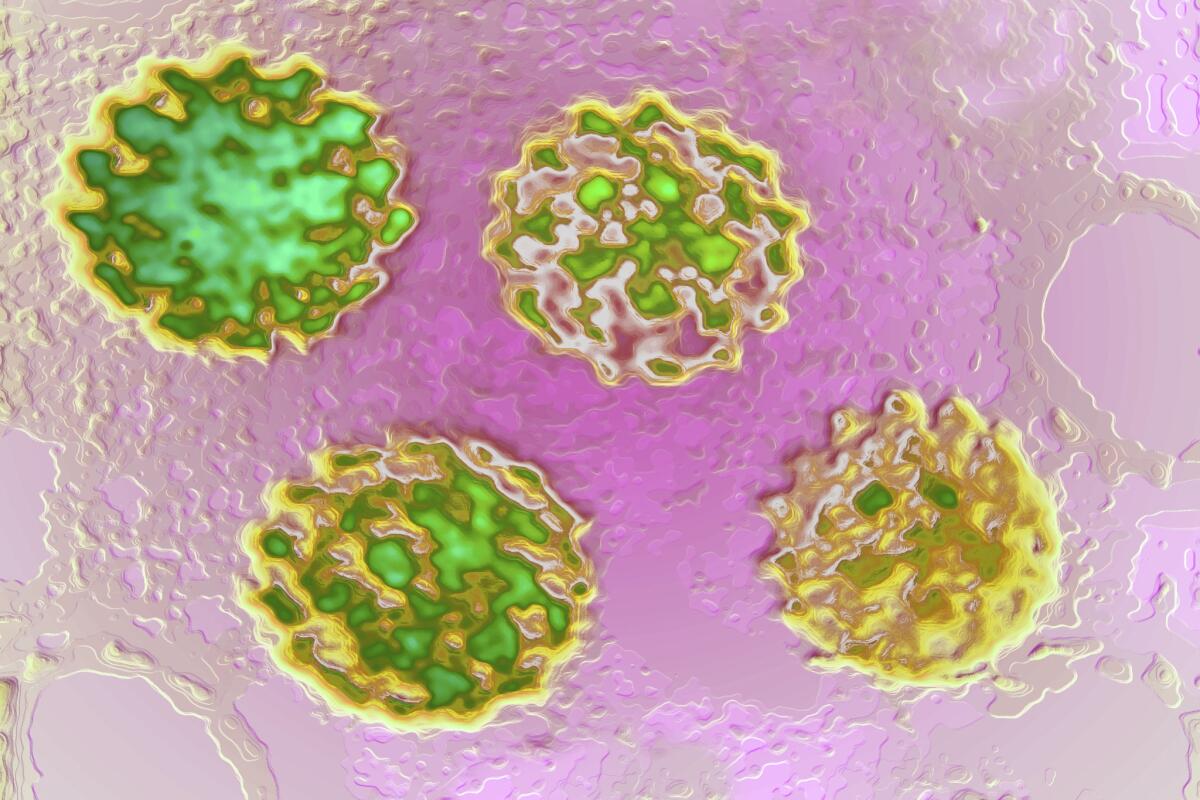
Ever since the gene-editing toolkit known as CRISPR burst onto the scene in 2012, we’ve been hearing about its potential to treat diseases in humans. But so far, it’s mostly been used on cells in petri dishes and animals.
Scientists in the U.S. and China are already using the CRISPR system to modify immune system cells so they’re better able to attack various kinds of cancer. The process involves removing cells from a patient’s bloodstream, altering them in the lab, multiplying them and then putting them back in the body.
In 2018, however, we expect to see the first trial that will deploy the CRISPR gene editor inside a living person’s body. This groundbreaking study, set to begin in January, plans to use CRISPR to fight the human papillomavirus (HPV), which causes cervical, anal, throat and other cancers. The CRISPR machinery will be delivered to the patient via a topical gel. The hope is that once it gets into the cells, it will inactivate HPV’s viral genes without harming the DNA of healthy cells.
Scientists are also making plans to use CRISPR to treat blood disorders like sickle cell disease and beta thalassemia, and a rare eye condition called Leber congenital amaurosis.
A global effort to see a black hole
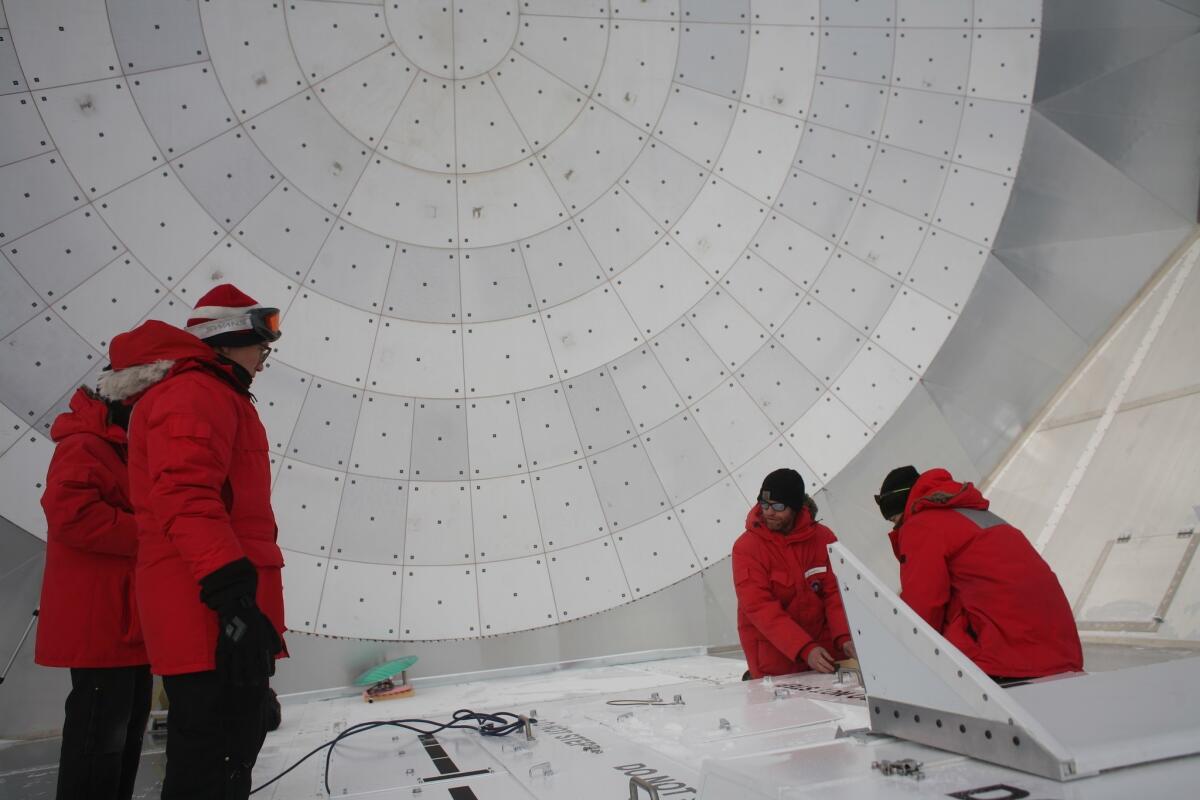
Scientists have witnessed the effects of black holes in countless phenomena throughout the universe, but no one has ever seen one directly. In 2018, that might change.
In the coming months, researchers working with the Event Horizon Telescope hope to produce the first-ever image of a real black hole silhouetted against a backdrop of hot, spiraling gas.
The target is Sagittarius A*, a supermassive black hole that lies 26,000 light-years away at the center of our galaxy. To take an image of it, astronomers needed to create a telescope with such high resolution that it could locate an orange on the moon — in other words, a telescope the size of our entire planet.
They were able to do this by linking eight telescopes from across the globe. In April 2017, they took measurements of Sagittarius A* and another black hole even farther away. Now comes the hard part of filtering out the background noise and piecing together an image from all that data. It will take time and patience for the research team to determine the best way to interpret the data, but surely the result will be worth the wait.
Faster drug approvals
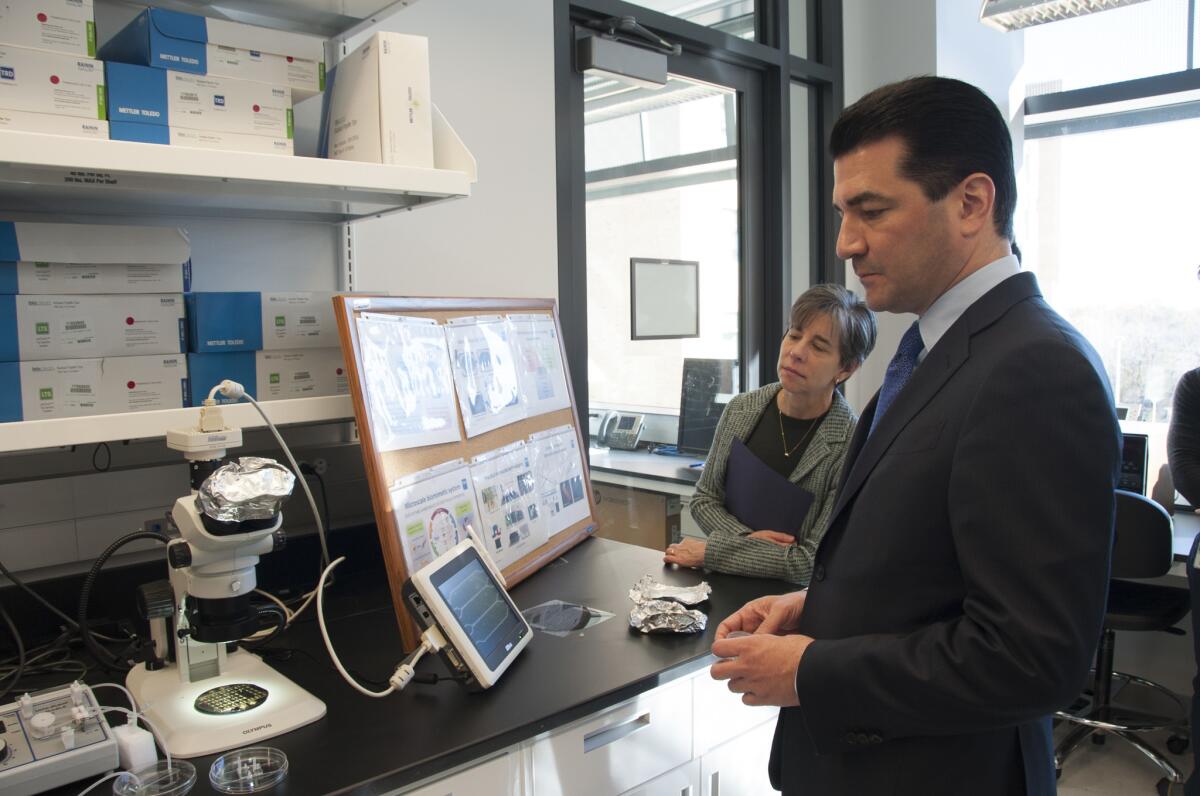
The head of the Food and Drug Administration wants to get medicines out of the lab and into the clinic more quickly. The coming year will begin to test whether this is possible — and if so, whether there are any unexpected costs.
FDA Commissioner Scott Gottlieb says the agency will soon issue new guidelines for speeding the approval process. For instance, a drug company running a clinical trial would not have to show that patients who get an experimental treatment live longer, or that their disease progresses more slowly. Instead, the company might use “surrogate markers” to satisfy the FDA by showing that its treatment halts or reverses some process that is a hallmark of a disease, such as the accumulation of beta-amyloid protein in the brains of Alzheimer’s patients.
Gottlieb is also expected to champion the FDA’s broader acceptance of “adaptive clinical trials” whose design, study populations and objectives can be altered along the way in response to early signals. Rather than conducting a series of trials to discover which patients benefit most from a particular drug, a single adaptive trial could answer that question if it were allowed to “flex” along the way.
It will take time, and manpower, for these changes to work their way through the system. As the agency fast-tracks new therapies, doctors and drug-safety experts will be watching to see if they are any less safe or effective.
Rendezvous with an asteroid
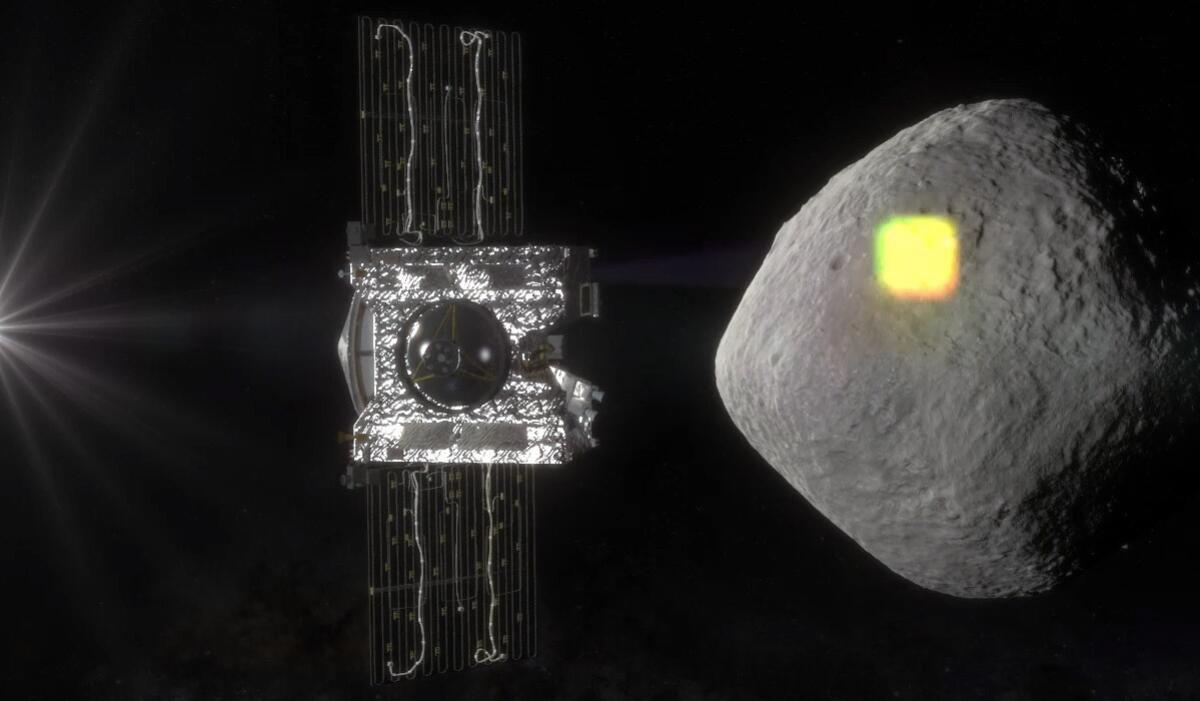
In 2016, NASA launched its first mission to bring back precious samples from an asteroid. In 2018, the spacecraft will finally meet its target.
OSIRIS-REx (short for Origins, Spectral Interpretation, Resource Identification, Security-Regolith Explorer) will arrive at the asteroid Bennu in August. In October, it will start mapping the surface, eventually pinpointing a good spot to grab at least 60 grams of dust and rocky material. Just as the decades-old moon samples brought back by NASA’s Apollo missions are still being studied today, the asteroid samples returned from Bennu could offer planetary scientists an unprecedented trove of material that they could study for decades to come.
Asteroids like Bennu are space fossils — the building blocks of planets left over from the solar system’s formation that contain crucial, unaltered information about its early history. Bennu is also rich in organic matter, and scientists believe such asteroids were a source of crucial life-friendly molecules for Earth. Finally, since Bennu is a near-Earth object, it could help scientists better predict the risk of an asteroid hitting our planet.
As for when those samples are coming back to Earth, don’t hold your breath: OSIRIS-REx isn’t scheduled to return them until 2023.
Policing the language of government scientists
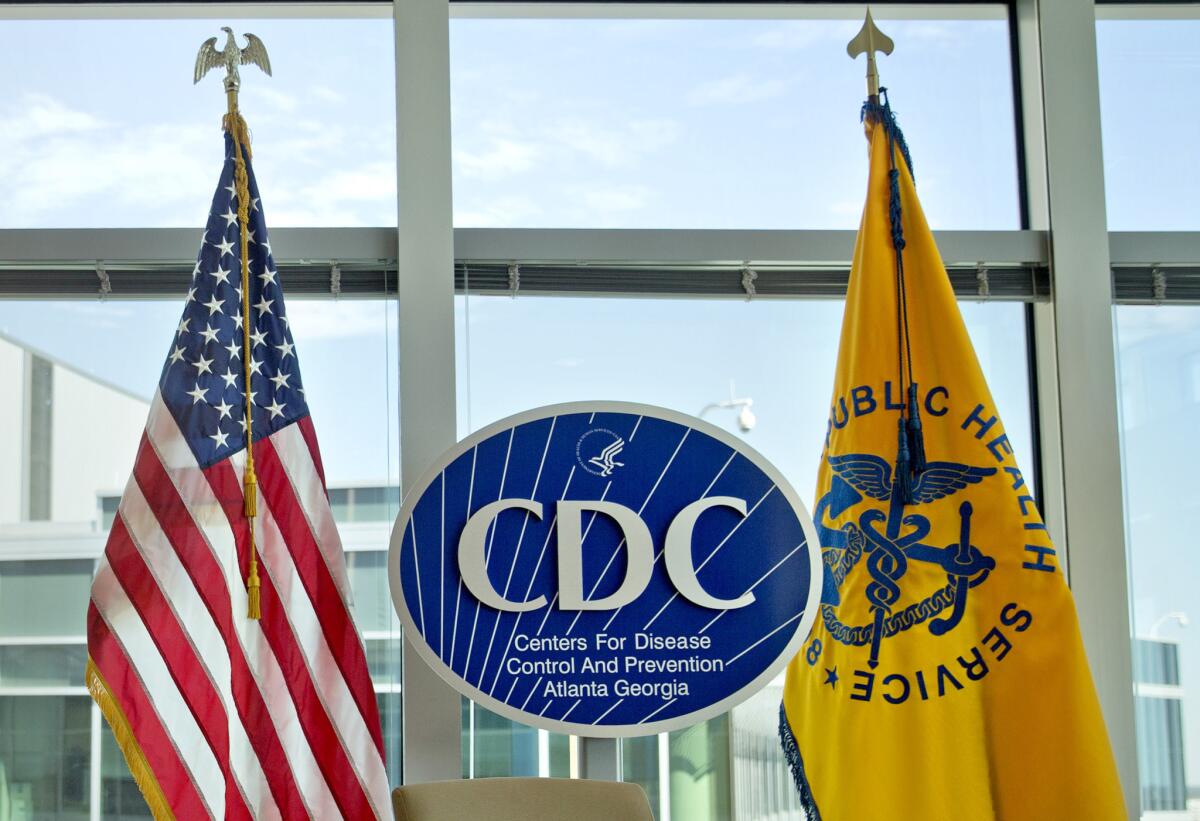
Can government agencies that fund, conduct and make decisions based on biomedical research carry out their missions while avoiding words that describe what they do?
In December, the Washington Post reported an effort by Trump administration officials to expunge at least seven terms from certain budget documents making their way to Congress in 2018. In a meeting with policy analysts from the Centers for Disease Control and Prevention, officials were said to have discouraged the use of such phrases as “evidence-based” and “science-based,” as well as the words “diversity,” “fetus” “vulnerable,” “entitlement” and “transgender.”
Officials at the Department of Health and Human Services, which oversees the CDC, have downplayed the report. “I want to assure you there are no banned words at CDC,” Director Brenda Fitzgerald said in a tweet. “We will continue to talk about all our important public health programs.“
When Trump’s 2019 budget documents emerge in February, we’ll see whether it’s possible for the CDC, an agency that tracks the health of all Americans, to avoid any reference to “vulnerable” populations. Or whether the National Institutes of Health can fight pathogens such as the Zika virus without using the term “fetus.” Or whether the U.S. Preventive Services Task Force can avoid making reference to “science-based” or “evidence-based” medicine. After all, science (and evidence) is pretty much what they do.
The most distant flyby on record
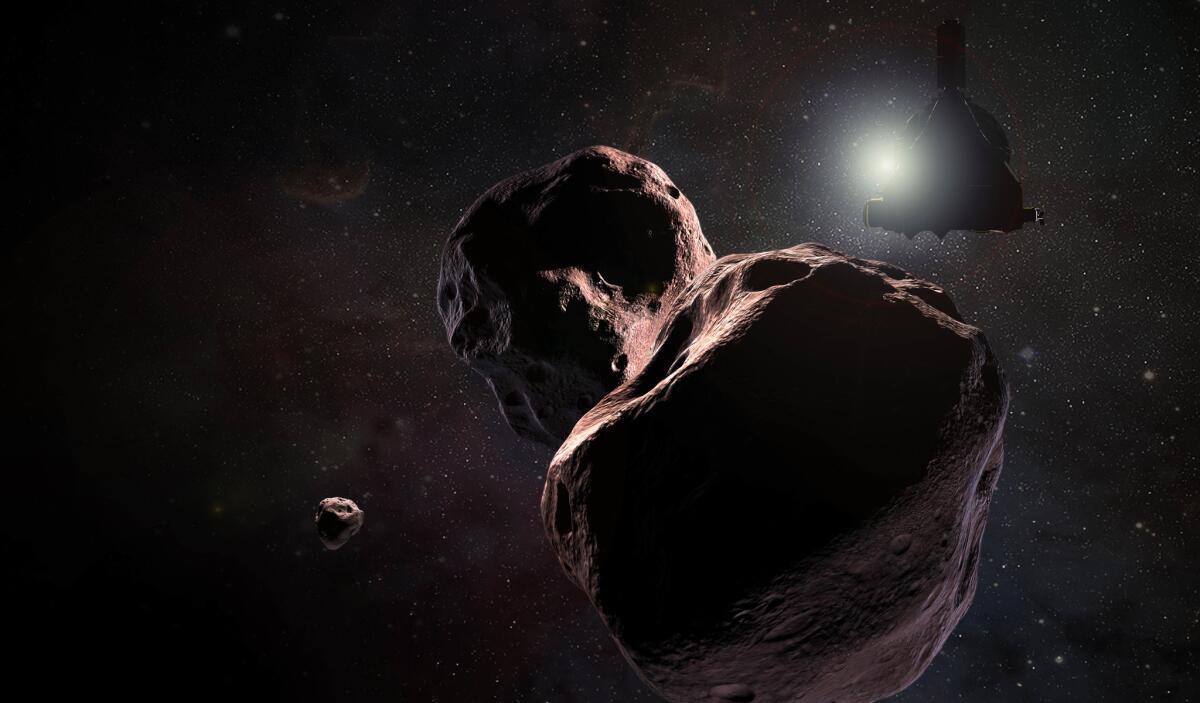
NASA’s New Horizons spacecraft made history when it gave humanity our first up-close look at Pluto in 2015. Now it is set to make history again when it whizzes past a mysterious object 1 billion miles beyond the dwarf planet.
Mission leaders said the planned flyby will be the most distant in the history of space exploration. It is scheduled for New Year’s Day 2019 (technically, New Year’s Eve 2018 for those of us in the Pacific time zone). However, the journey really begins about six months earlier, when the spacecraft will awake from hibernation and begin gathering intel on its next target.
The distant object, known as MU69, lies 4 billion miles from Earth. It was discovered in 2014, and scientists still don’t know much about it. It appears to be peanut-shaped, though it might be composed of two objects closely orbiting each other. It might even have a small moon.
With a rendezvous that will take New Horizons within just 2,175 miles of the object’s surface, we’ll know a lot more soon.
Testing our faith in the flu vaccine
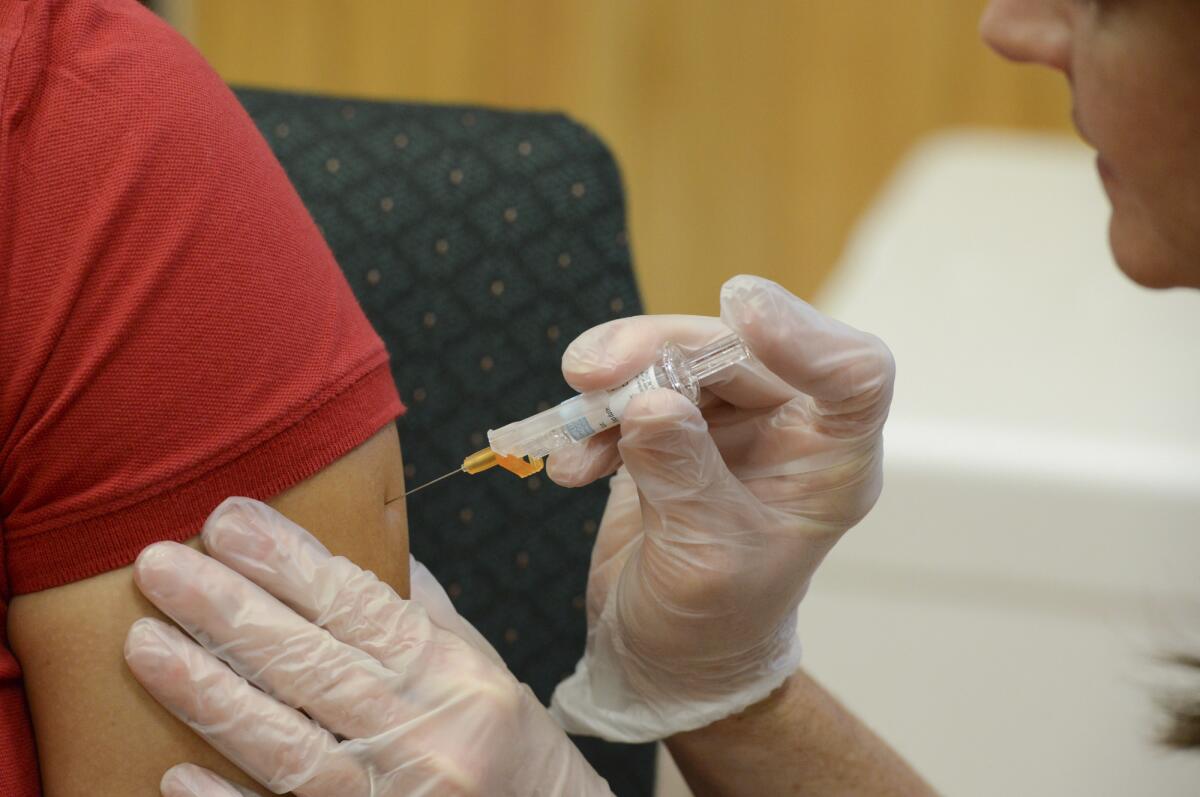
This year’s flu season could test Americans’ faith in the flu vaccine. In Australia, where the flu season has just ended, the vaccine was only about 10% effective against the most widely circulated strain of flu. That same strain, an influenza A known as H3N2, is now on the loose here, and health experts expect the flu vaccine will fall well short of the 34% effectiveness level seen here last year.
The vaccine’s protection has been waning steadily in recent years. But don’t blame public health officials for making the wrong guess about which strains of flu virus will circulate — there’s growing evidence that producing the vaccine in eggs introduces mutations that suppress our immune response to the vaccine itself.
A “universal” flu vaccine could be the solution. This type of vaccine would train the human immune system to recognize parts of the virus that are shared by all flu strains and don’t change from year to year. It would also be produced in bacterial slurries, not in eggs. Both of these attributes could make annual flu shots a thing of the past. But such vaccines are still years away, and they won’t help Americans weather this flu season, which typically peaks in February.
Yearly flu-related deaths in the United States average about 36,000. But they range from a low of about 12,000 to a high — during the 2012-13 season — of roughly 56,000. Last year, when a pretty robust 46.8% of Americans got vaccinated against the flu, 101 children died of the flu-related causes. Officials have not yet tallied the final toll on adults.
Twitter: @DeborahNetburn
Twitter: @aminawrite
Twitter: @LATMelissaHealy
MORE IN SCIENCE
From the dazzling to the disheartening, 2017 was a remarkable year for science
Gene-editing breakthrough found to minimize hearing loss in mice could help humans






